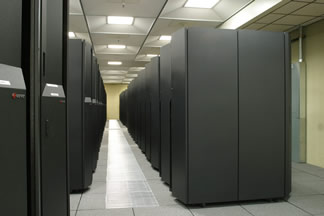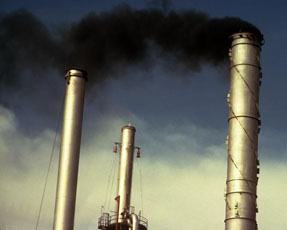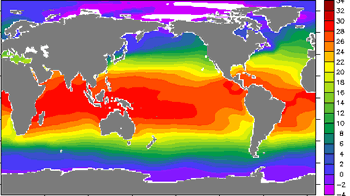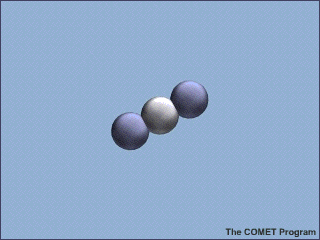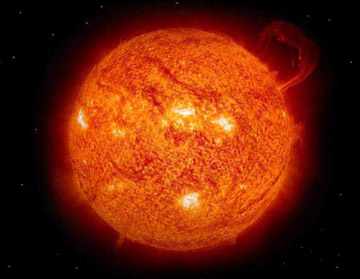Click on image for full size
Courtesy of UCAR Digital Image Library
Accuracy and Uncertainty in Climate Models
How will Earth’s climate change in the future? Scientists use climate models to figure that out. But how do they know whether the predictions are correct? How do they figure out whether the model is doing a good job at predicting the future of climate change?
To figure out whether a global climate model is doing a good job, scientists give it a test. They ask the model to predict the climate of the past 100 years. We have real measurements of climate for this time period so the answers are known. The results from the model are compared with the actual measurements of real climate. If the model and the real measurements are similar, then the mathematical equations in the model that are used to describe how Earth works are probably quite accurate. If the model results are very different from our records of what actually happened, then the model needs some work.
Some uncertainty about future climate is because there are things we still do not know about how the Earth works. These things are hard to include in the models until we understand them better. Today, scientists are learning more about how the Earth works to make models even better. For example, clouds have a large effect on climate, but we do not fully understand how they affect the climate, so scientists are studying how models can better include clouds.
Most of the uncertainty in these predictions of future climate is not related to natural processes. What we really do not know is how much pollution humans will be adding to the atmosphere in the future. Inventions that stop greenhouses gases from being added to the air, laws and rules that change the amount of air pollution, and how people live in the future are all somewhat unknown. To deal with this, climate models are often run several times, each time with different amounts of pollution and development by humans.


